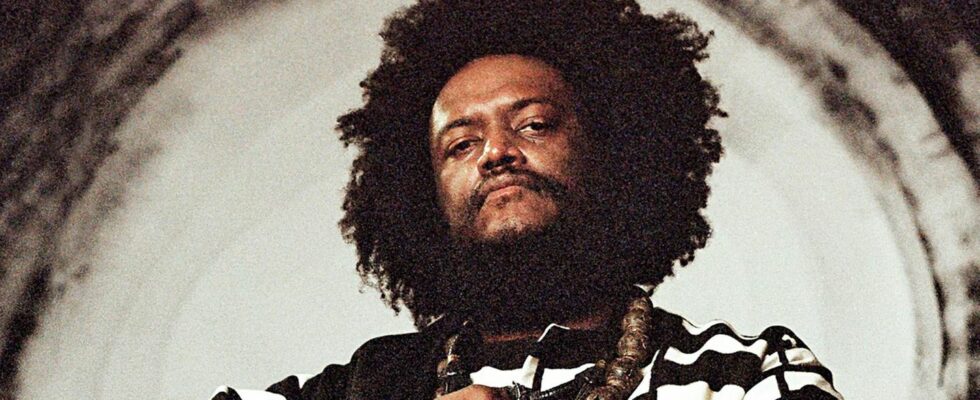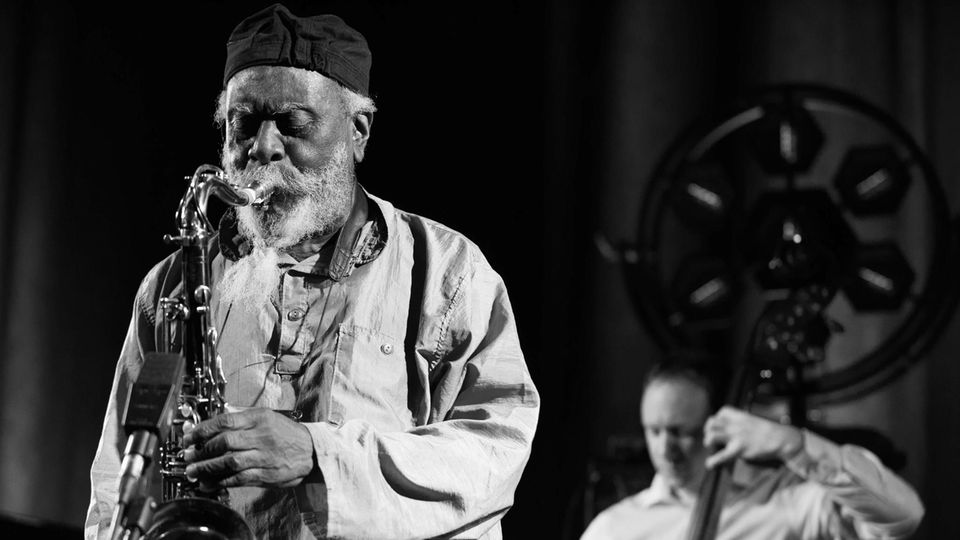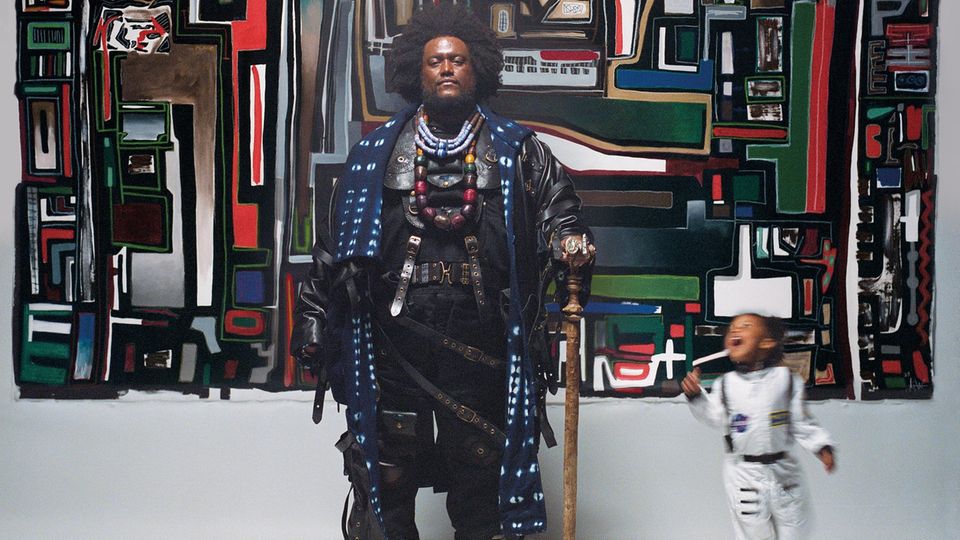Jazz album
Kamasi Washington makes an old genre shine again
Heavyweight: Mr. Washington from Los Angeles
© YOUNG/ Beggars Group
The saxophonist almost single-handedly brought jazz back into the present. His new album “Fearless Movement” also achieves this.
How did Spotify playlists begin to explode with jazz pieces? When did record stores begin to make room for music that had long seemed about as fresh as a black-and-white film with Humphrey Bogart on their shelves, which are otherwise filled with indietronic bleating and songwriter whining? Who attracted a new, excited audience to the clubs, young people who experienced something the grandiose of which they had never imagined?
The answer to all these questions: Kamasi Washington. With the 2015 album “The Epic” and the performances that followed, a tectonic shift took place in the way city dwellers received music: jazz was back. And he no longer had anything to do with the feeling of “red wine by the fire” and nothing to do with corduroy jackets and Norwegian sweaters. The music that this Kamasi Washington performed was not intended to calm the nerves. But to stimulate them to the maximum. There was finally an atmosphere of discovery and adventure again in the places where people who love music come together.
With Washington, a huge guy who often wears his robe like a theater curtain and whose saxophone seems so big that he could also use it as a pipeline, everything appears in XL format. His first major album, “Epic”, consisted of three CDs. His live band: almost an orchestra, including two drummers who never see themselves as duelists, more like brothers on the drums. With each successive piece the stage filled up: the older gentleman who had just been sitting at the merchandise stand was now playing the flute – and was introduced as Mister Washington senior, Kamasi’s father. That’s how it was in 2015, the year jazz came back.
It has remained that way to this day.
Fewer songs – even more variety
Jazz got bigger; Kamasi Washington, on the other hand, has shrunk – in quantity: his new album “Fearless Movement” only contains twelve songs. But it grew in diversity. The often symphonic, overwhelming sound of earlier years has given way to a concentration, an inner stopping, which can be heard most clearly in the piece “Dream State”, which sounds as if you were stepping into a koi carp pond surrounded by bamboo: the former hip -Hop star André 3000, once part of Outkast (“I’m sorry, Ms Jackson”), who discovered the power of the flute for his second life as a musician, rolls out a carpet of euphony with Washington, spiritually enriching, with cool groove.
Washington, now 43 years old, talks about how much the birth of his daughter shaped his new album, and not just on the cover, where she constantly circles him. Fathers’ music is often enough to make you run away, but the piece “Asha the First”, which is said to have grown from a few notes that the three-year-old played on the piano, combines much of what makes Washington so great: a manic bass stands out from the tremors of the drums off, plus the sharpened sounds of the tenor saxophone, fast and sharp, and a choir covers the whole thing with a layer of gold. Finally, a few casual rap lines, eight minutes up and down, in all directions and yet to the point – heavy jazz is ready.
Washington was recently asked whether he saw himself as the savior of jazz. “I was what I am before I was called the savior,” was his answer. A big man, after all.




